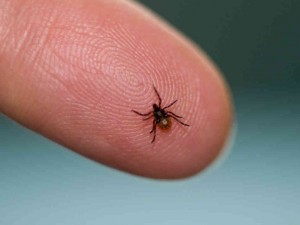 While preparing for the July 4th holiday make sure you are also protecting yourself and your family from mosquito bites that could lead to West Nile virus (WNV) infection. With all of the rain recently there are mosquitoes everywhere and they may be “unwanted guests” at your holiday activities.
While preparing for the July 4th holiday make sure you are also protecting yourself and your family from mosquito bites that could lead to West Nile virus (WNV) infection. With all of the rain recently there are mosquitoes everywhere and they may be “unwanted guests” at your holiday activities.
The DuPage County Health Department encourages residents to follow the “4 Ds of Defense,” which include draining standing water, using insect repellent to defend yourself, dressing with long sleeves and pants to cover your skin and being especially careful between dusk and dawn, when mosquitoes are most active.
Following those simple steps will go a long way toward keeping your family healthy. The Health Department also encourages residents to check the Personal Protection Index (PPI) widget on its website to get the most current information on WNV in DuPage County. This easy-to-understand alert system informs people about the risk of contracting WNV, as well as the steps that should be taken to protect themselves and their families.
The PPI widget provides a real-time snapshot of WNV activity, which ranges from zero to three, zero meaning there is no risk and three announcing a high level of risk with multiple confirmed human cases of WNV. View the PPI widget at www.dupagehealth.org. Many community partners including townships, municipalities and park districts, also have posted the PPI widget on their websites. Residents who click on the widget will be linked to the Health Department’s “Fight the Bite” page for additional information.
The Health Department monitors WNV activity by collecting and testing mosquitoes in traps located throughout the county. The PPI widget is updated at 3 p.m. each Wednesday throughout the WNV season by the Health Department’s vector-borne disease surveillance experts.












